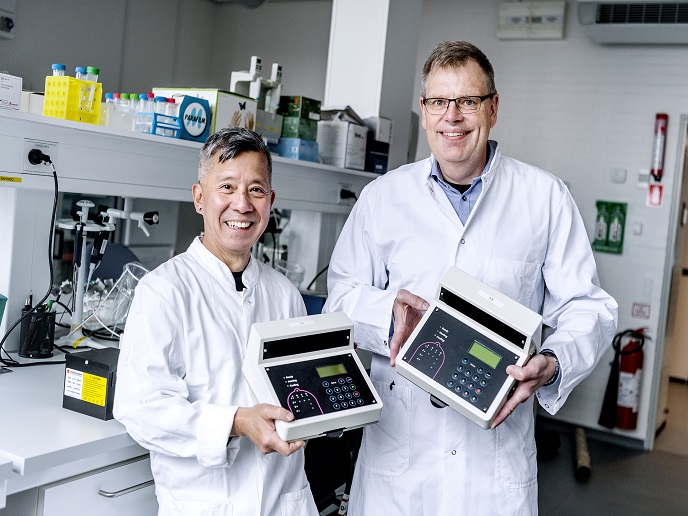Janus micromotors now in lab-on-a-chip devices
The team made significant inroads during the 36-month duration of the project LOCNANOMOT (New lab-on-a-chip microsystems based on active transport by synthetic micro/nanomotors). Janus particles, namesake of the two-faced Roman god Janus, were chosen as they can incorporate different or incompatible properties in a single particle. Their objective was the development and integration of functionalised micromotors into microfluidic LOC devices to simultaneously perform multiple analyte detections from a sample. Researchers characterised and developed Janus micromotors and evaluated the impact of micromotors and catalytic nanowires on transport and fluid mixing. They also developed a novel protocol for sensing silver using the motion of metallic nanowires. Noteworthy is the use of graphene for making tubular microengines, for the first time. This development enabled researchers to use different kinds of receptors on graphene in next-generation LOC systems. The team also incorporated red blood cell particles on the surface of ultrasound-propelled gold nanowires in biomimetic motors. An impressive achievement, researchers integrated quantum dot nanocrystals on the surface of template-prepared microengines for the simultaneous detection of multiple analytes. Such microsensors can be used to detect contaminants such as mercury and bacteria in samples. Researchers successfully came up with a Janus micromotor-based strategy for developing novel point-of-care devices that allow on-chip monitoring of toxic compounds in complex samples. They fabricated and developed carbon nanomaterial-based micromotors and integrated them into a LOC system. This system was then used for rare cell and bacteria isolation as well as food and biological samples analysis. Study outcomes were impressive and results were published in numerous leading scientific journals. Applications abound in the healthcare, food and environmental sectors, with benefits for all. To name a few, these micromotor-based LOC systems can be used for pathogen detection, clinical diagnosis, forensic science, environmental remediation, DNA analysis and food safety.







